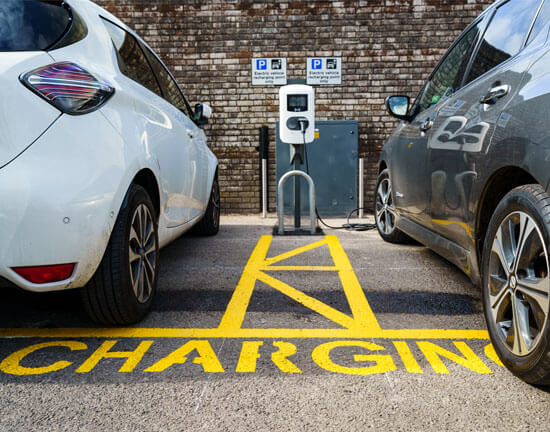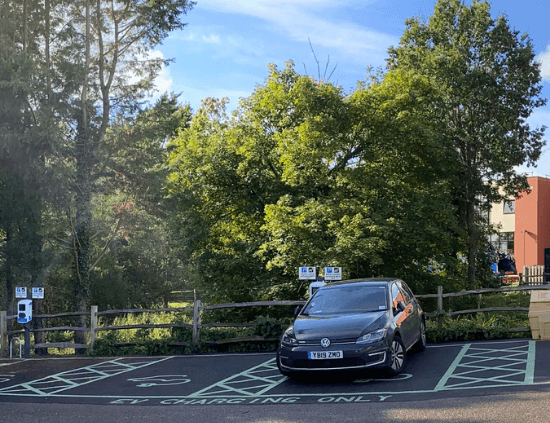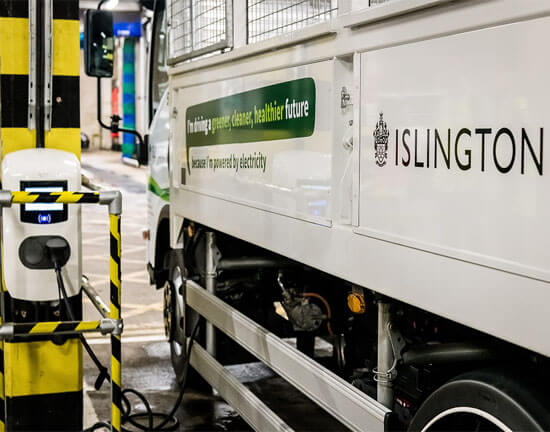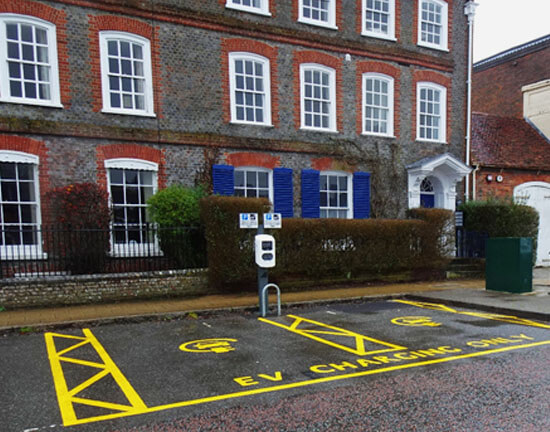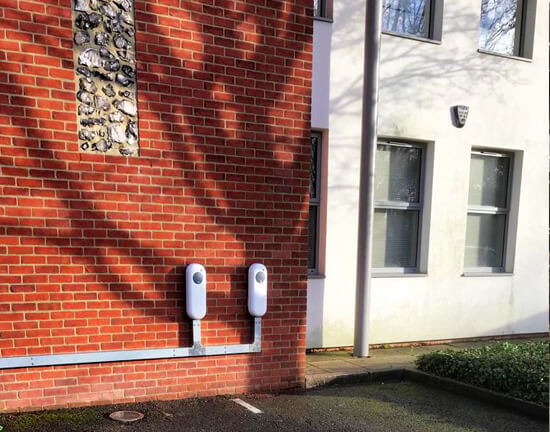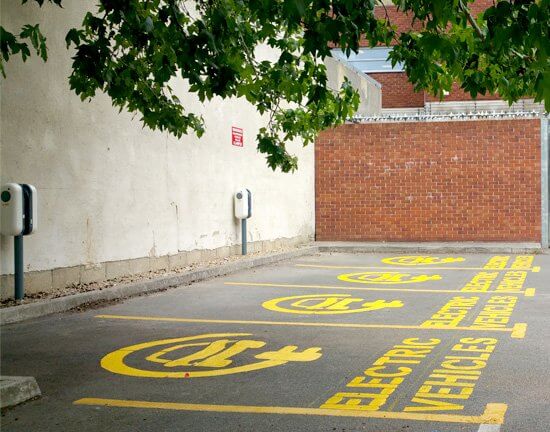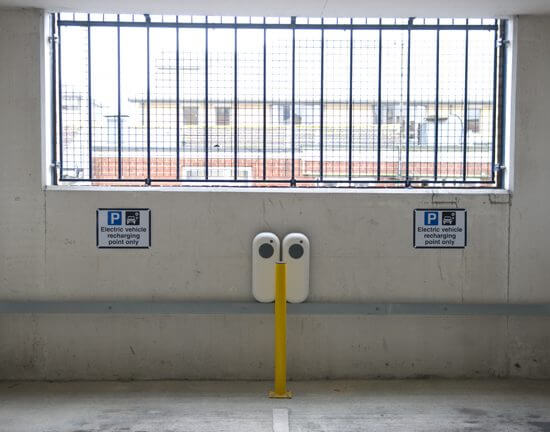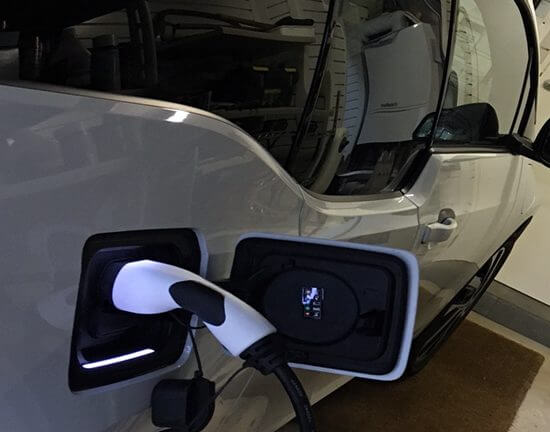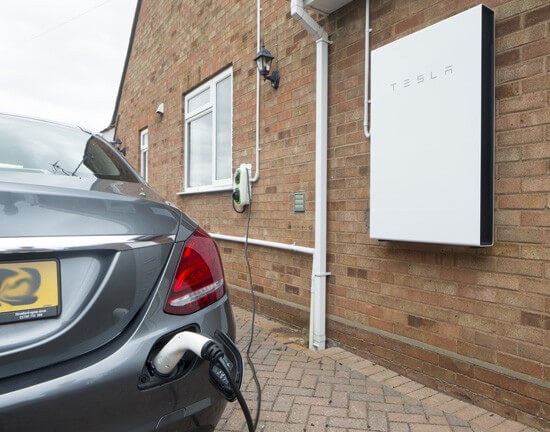The State of UK EV Charging Infrastructure 2021
With the recent announcement by the UK government that the ban on sales of new petrol and diesel cars is being brought forward to 2030, it does raise questions as to how ready we are for the transition from conventional internal combustion engine (ICE) cars to vehicles powered partly or wholly by an electric motor.
At the end of 2020, there were approximately 400,000 plug-in vehicles registered in the UK (nextgreencar.com), which forms approximately 1% of the country’s total vehicles at this time.
However, 2020 was a big year for the industry, with a significant increase in the sales of pure electric cars and plug-in hybrids, against the backdrop of falling sales for conventional cars and the COVID-19 pandemic. Plug-in vehicles combined took a 2020 market share of 9.7% of all new registrations in 2020, versus just a 2.9% market share in 2019.
Assuming that the take-up of electric vehicles continues to rise and snowball as 2030 approaches, how will all of these plug-in vehicles be charged?
Most EV and PHEV drivers will charge their vehicles at home, but what about the 40% of UK households with no access of off-street parking, where installing a home charger just won’t be possible?









